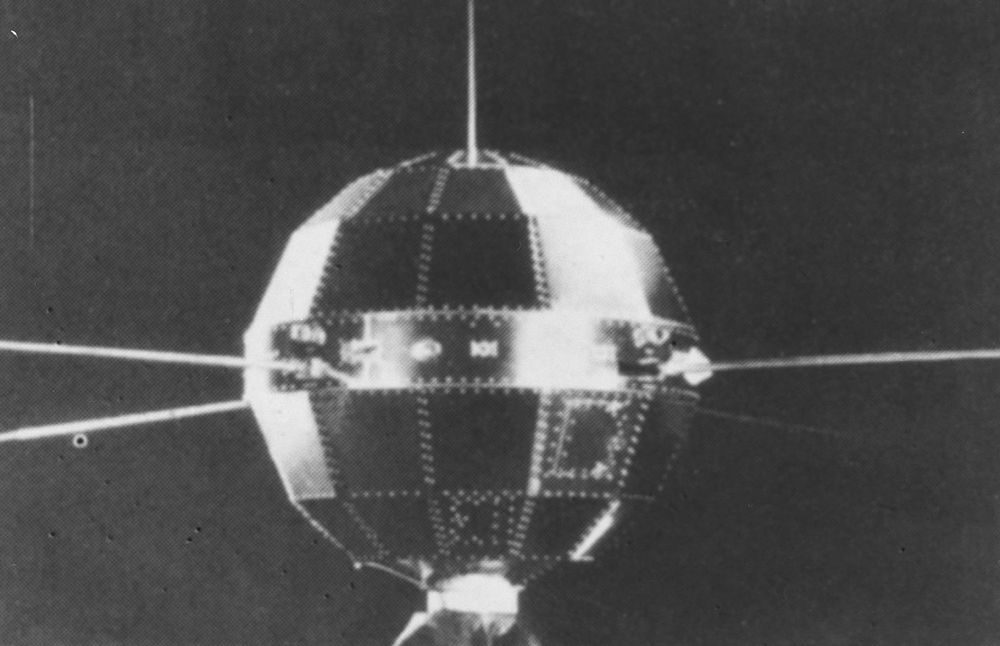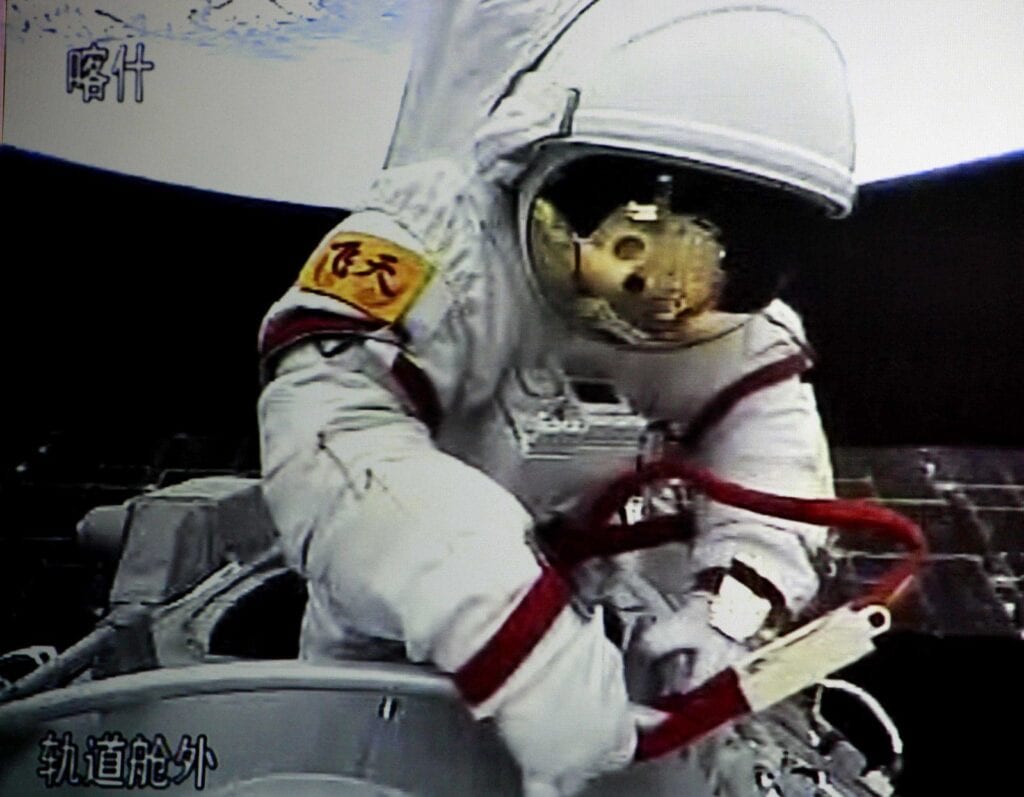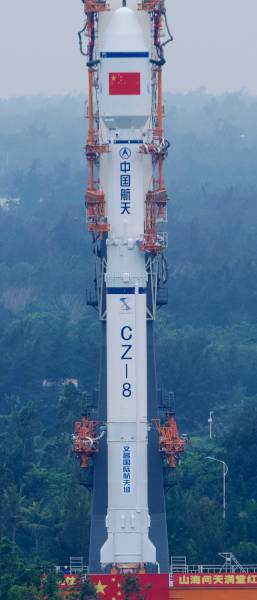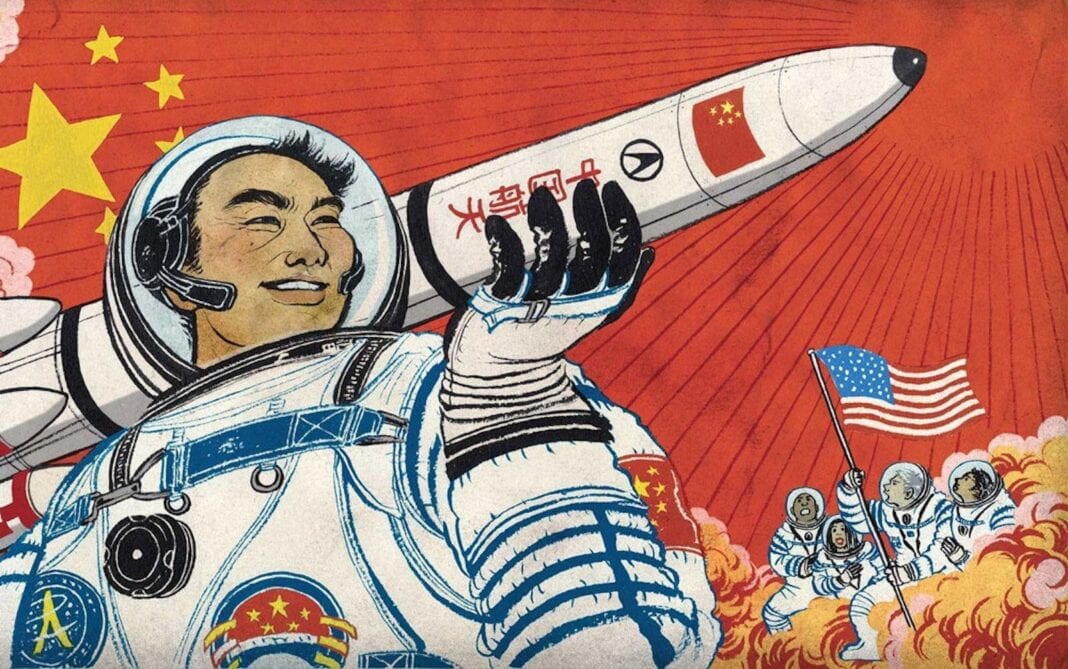Space programs are a mark of great power. Throughout the past century, only a select few countries have achieved this position. These include: the United States (US), the European Union, Russia, India, and the topic of this article, China. This work attempts to answer critical questions outside observers will have regarding Chinese efforts in space. What is the history of China’s space program? What are some of its notable achievements? And finally, what are its goals for the future?
1.0: A Brief Origin Story of China’s Space Program
During the Cold War, space was another frontier from which to counter adversaries. Practical applications rapidly became apparent; Nations could use satellites to spy on foreign rivals through various means [source]. An array of organisations investigated the defence applications of space through a variety of different perspectives [source]. Experiments conducted at Zero-G revolutionised various industries [source].
The prestige that comes with spaceflight is another reason countries opted to devote massive amounts of resources to developing the spaceflight industry [source]. After all, what better way to prove to the world the superiority of your system than by conquering one of the most significant scientific challenges of the era? China, looking to secure its place in the world as a great power following the victory of the Chinese Communist Party (CCP) in its civil war, turned to space to help achieve this goal.
2.0: Early Years: 1956 – 1970
China, like the US and Soviet Union, identified missiles as promising new technology for national defence. The Institute of Applied Mechanics, based in Beijing, was established in 1956 to conduct research and develop the Chinese missile industry [source]. Most notable among its officials was Qian Xuesen, the “father of the Chinese missile [and space] program” [source]. Qian was, in fact, instrumental in early US spaceflight experimentation but faced deportation in 1955 because of unfounded claims he was a communist [source][source]. Borrowing technology and expertise from the Soviet Union, China rapidly expanded its missile research, operating ten laboratories by 1958 [source]. Though focused primarily on missiles, Qian spearheaded the parallel development of satellites beginning in 1958 [source]. However, there weren’t enough resources to pursue two projects of such magnitude. PRC officials put Qian’s dreams of Chinese satellites on hold until the PRC could develop missile technology for defence [source].
2.1: Continued Work
Qian endeavoured to establish a small and devoted team to conduct unofficial research into satellites [source]. However, given the lack of support from the CCP, progress was laborious and slow. In 1964, his team successfully tested the Dong Feng-2 missile [source]. This landmark achievement again convinced top CCP officials to explore satellite technology [source]. The space program resumed operations In 1965 [source]. Its mission? To put a 100kg satellite into orbit by 1971 [source]. The project was a joint civilian-military endeavour [source].
2.2: Success
In 1970, one year ahead of schedule, the Dong Fang Hong (trans. the East is Red) successfully launched into orbit [source]. This was in part because of the laborious effort of Qian, even throughout years of neglect from the PRC [source]. The success of the DFH marks the ascension of China into the exclusive club of spaceflight-capable countries and is the end point of the early history of its space program.

3.0: Maturation and Expansion: 1971 – 2000
By 1976, China had launched 11 satellites into orbit [source]. Much like the ongoing Cultural Revolution, China’s space program in the mid-70s communicated to the world that it was returning to great power status. However, whereas the Cultural Revolution brought enormous hardships to the Chinese people and was unsuccessful in the long run, the space program continues to be a point of CCP pride.
A lasting legacy of the Cultural Revolution is China’s space program placement under military authority [source]. It remains ultimately subordinated to military power to this day, though scientists had and maintain significant influence [source][source].
3.1: Deng Era Reforms: 1976-90
The death of Mao in 1976 allowed for the Cultural Revolution’s leaders to be removed from power, ending the 10-year-long program [source]. Mao’s successor, Deng Xiaoping, wanted the space program to push in a different direction [source]. Detente was in full swing by this point. Deng saw the social and economic benefits of placing satellites into orbit and prioritised this aspect of the space program above others [source]. The space program was to benefit the citizens of China and generate wealth [source]. Therefore, the CCP discounted human-crewed spaceflight for a time [source].

3.1.1: Development
At the same time as the pivot of the space program described above, Deng endeavoured to improve the defence industrial complex within China [source]. This had the benefit of allowing for more significant numbers of higher-quality rockets to be available for satellite launches [source]. Additionally, reforms helped generate the necessary expertise in satellite building, which would (eventually) allow for Chinese satellites to remain competitive with Western and Soviet designs [source].
3.1.2: The Results
By April 1984, China had placed its first communications satellite in low-earth orbit (LEO) [source]. From 1984 to 1990, the PRC launched 29 satellites into LEO, from those with electronic interception capabilities to TV and communications [source]. Additionally, two launches on behalf of foreign powers mark China’s entrance to the commercial space industry [source]. Successive US disasters (such as the 1986 Space Shuttle Challenger) and the economic destitution of the USSR secured this foothold [source].
3.2: The End of the Cold War: 1991-2000
The collapse of the Warsaw Pact and, later, the Soviet Union caused much anxiety in Beijing, as well as an opportunity [source]. The fate of communism as a viable governance system was in question. An opportunity came as further expansion into the international satellite market, sure to be booming because of the neoliberal policies now expanding globally.
3.2.1: Further Reforms
China responded to these events with further reforms to its space program. The Ministry of Aerospace Industry, which up until now had been in command, was divided into two conglomerations [source]. The most important of these was the China Aerospace Corporation (CAC), which handles all operational functions of the space program [source]. Besides the CAC, the PRC established the China National Space Agency (CNSA), which is the international face of the space program [source]. In dividing up these functions, China can use the CAC to pursue goals independent of what the CNSA presents to the world.
3.2.2: Reevaluating the Space Program’s Goals
The PRC undertook a radical reevaluation of Deng’s earlier philosophy following the events of the 1990s, which included a renewed interest in manned missions [source]. This focused on three objectives;
- Deployment of a space station [source].
- Development of a vehicle capable of heavy launches [source].
- Creation of a space transportation system [source].
By 1999, the CAC had successfully launched an unmanned test mission [source]. General progress was slow, despite support from the highest echelons of governance [source].
In addition to reexamining manned missions, the events of the 1990s significantly impacted the CCP’s analysis of the utility of space in a military context [source]. The 1990s saw the Gulf War, NATO campaigns in the Balkans, and the 1995-96 Taiwan Strait Crisis [source]. All of these showed the PLA, still in nominal control of the space programs, the value of information warfare on a modern battlefield. Over the next two decades, the PLA would expand its space-borne capabilities. Events in the 1990s are the reason that China has substantially pivoted to a more militarised outlook on space [source][source][source].
4.0: Creating an Industry: 2001-2023
In the 21st century, China continues to expand its space-based operations. Like many great powers, their perspective is that space provides the means by which to strengthen national power through military, scientific, and diplomatic means [source][source]. To this end, it aims to expand its capabilities to where it would be on par with other national space programs, chiefly the US [source].
4.1: Manned Spaceflight and the Establishment of a Space Station
The first taikonaut to enter orbit did so on the 15 October 2003 [source]. This was the culmination of decades of work and means that China is the third country to place an individual into space and successfully bring them back [source]. In 2008, the first taikonaut spacewalk occurred in LEO [source].
Setting the stage for this development was the establishment of temporary orbital laboratories [source]. From 2001 to 2008, six were placed in orbit [source]. The life expectancy of these orbiters varies from 232 to 532 days [source]. In 2011, the Tiangong-1 entered orbit, an advanced prototype of the planned space station [source]. CAC conducted its first manned orbital dock in 2013 when Shenzhou 9 space capsule rendezvoused with the Taingong-1 for repairs and maintenance [source]. In 2016, the Taingong-2 replaced the ageing Taingong-1, which crashed in the southern Pacific in 2018 [source].

On the 16th of June 2021, three taikonauts successfully docked with the initial module of the permanent Tiangong space station, Tianhe [source]. Taikonauts integrated the second and third modules the following year, marking the station’s completion [source]. Finally, the Shenzhou 15 mission carried three additional taikonauts to Tiangong station on the 30th of November 2022 [source]. Tiangong station is now fully operational and is expected to remain fully occupied and active for 10-15 years [source].
4.2: Scientific Achievements
Manned spaceflight is but one of many goals of the Chinese space program. To bring it on even footing with the US, China has endeavoured to explore space and celestial bodies [source].
One method of doing this is to explore the moon, undertaken by the Chang’e program.
- 2007: The CAC launches Chang’e 1 [source]. Intended to orbit the moon, its mission was to take 3-D images of its surface and analyze the space between the Earth and the moon [source].
- 2010: Chang’e 2 analyses the moon’s surface to find an ideal spot for another probe to land and conduct surface analysis [source].
- 2013: Chang’e 3 touches down on the lunar surface in December [source]. It will investigate the composition of the moon’s surface and explore resource deposits close to the surface [source][source].
- 2014: Chang’e 4 lands on the far side of the moon, a first in the history of spaceflight [source].
- 2020: Chang’e 5 returns to Earth with mineral samples taken from the moon [source].
The moon is not the only avenue of Chinese extraterrestrial exploration. In 2021, the CNSA announced the successful touchdown of the Tianwen-1 on Mars [source]. This established Chinese presence on another planet for the first time [source]. During the same year, the CAC also launched the Xihe solar observation satellite, expected to document solar eruptions and image solar emissions for three years [source].
4.3: Militarisation of Space
Perhaps the most interesting (if poorly documented) aspect of China’s space program is its recent emphasis on military application. The PLA views space as “the ultimate high ground” [source]. To this end, in 2007, the PLA successfully demonstrated its first anti-satellite weapon [source]. Of 585 satellite launches from 2001 to 2020, 229 have military utility [source]. Area-denial weapons require accurate information regarding enemy locations, for which satellites are irreplaceable [source]. Similarly, the devastating usage of precision-guided munitions in the past three decades has encouraged the CCP to establish its own GPS analogue, the Beidou 3 [source].
4.4: Economic Advancement
China has fully embraced space to generate wealth [source]. Commercial space flight has been explored extensively by Chinese companies and government organisations [source]. The share of global satellite launches by Chinese organisations (government and otherwise) continues to grow at a rapid rate [source][source]. This is clear by China’s 23% increase in the budget it allocates towards its space program in 2022 and the 6.4 percent boost in space-based revenue from 2021 [source].

5.0: What’s Next? Charting the Future of China’s Space Program
Expansion of China’s space program is inevitable, given the resources poured into it [source]. It is nearly on par with the US in terms of capabilities [source]. Experts agree that a second space race is upon us [source]. This competition will drive new developments in space technology and achievements, much like the space race of the Cold War. Both the US and China are planning manned expeditions to Mars in the 2030s [source][source]. They also have both announced plans to revisit the moon, establishing permanent outposts [source][source]. Scientists anticipate lunar mining to be a massive economic stimulus to whoever can cheaply and efficiently establish bases on the surface [source]. Developments in this field are expected. Asteroid mining may also generate huge profits [source][source].
Investment in space-based industry is up, as noted before [source]. China will likely continue to expand into the global satellite market, reducing costs to both themselves and consumers amid competition from American firms like SpaceX [source]. Indeed, reusable rockets are just five years away, according to the former head of the Chinese National Space Science Center [source].
6.0: Conclusion
China’s space program is an incredible achievement to increase the PRC’s respectability and capabilities. In this sense, it has been an unmitigated success. China is poised to challenge US space hegemony in a way that no other nation on Earth can. From these trends, it can be anticipated that a second space race is on the horizon. What heights this will reach are currently the subject of much speculation, but what is certain is that the world is in for a remarkable next few decades in terms of space flight and exploration.

